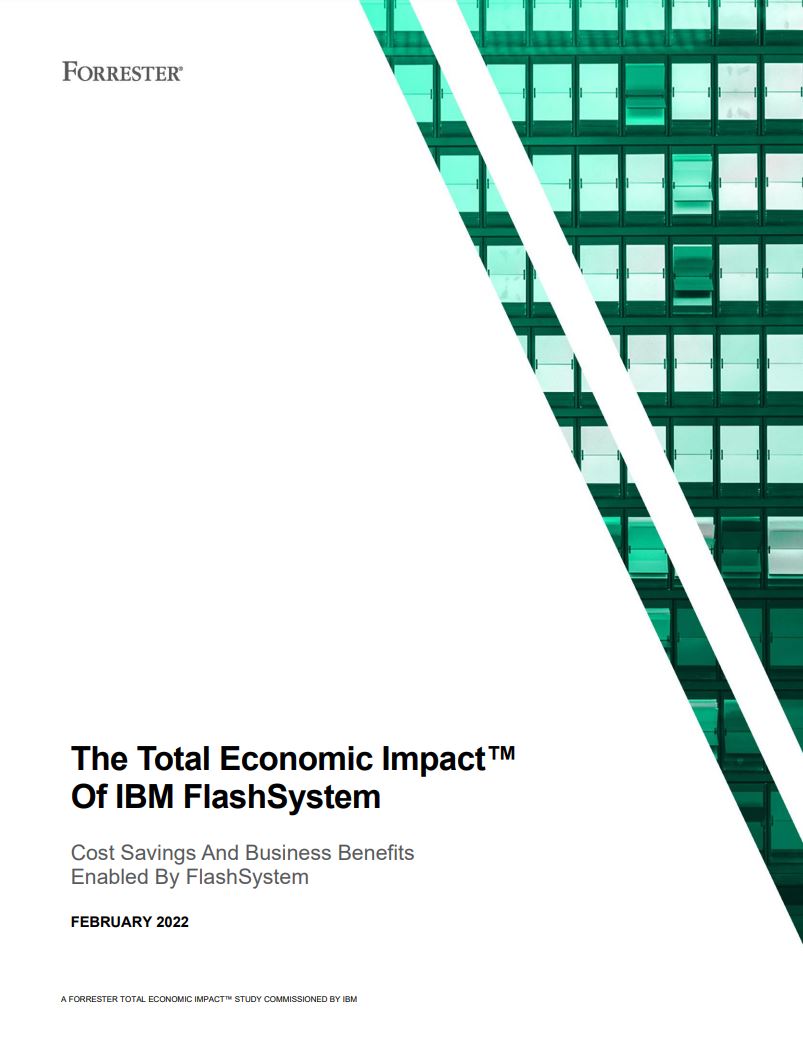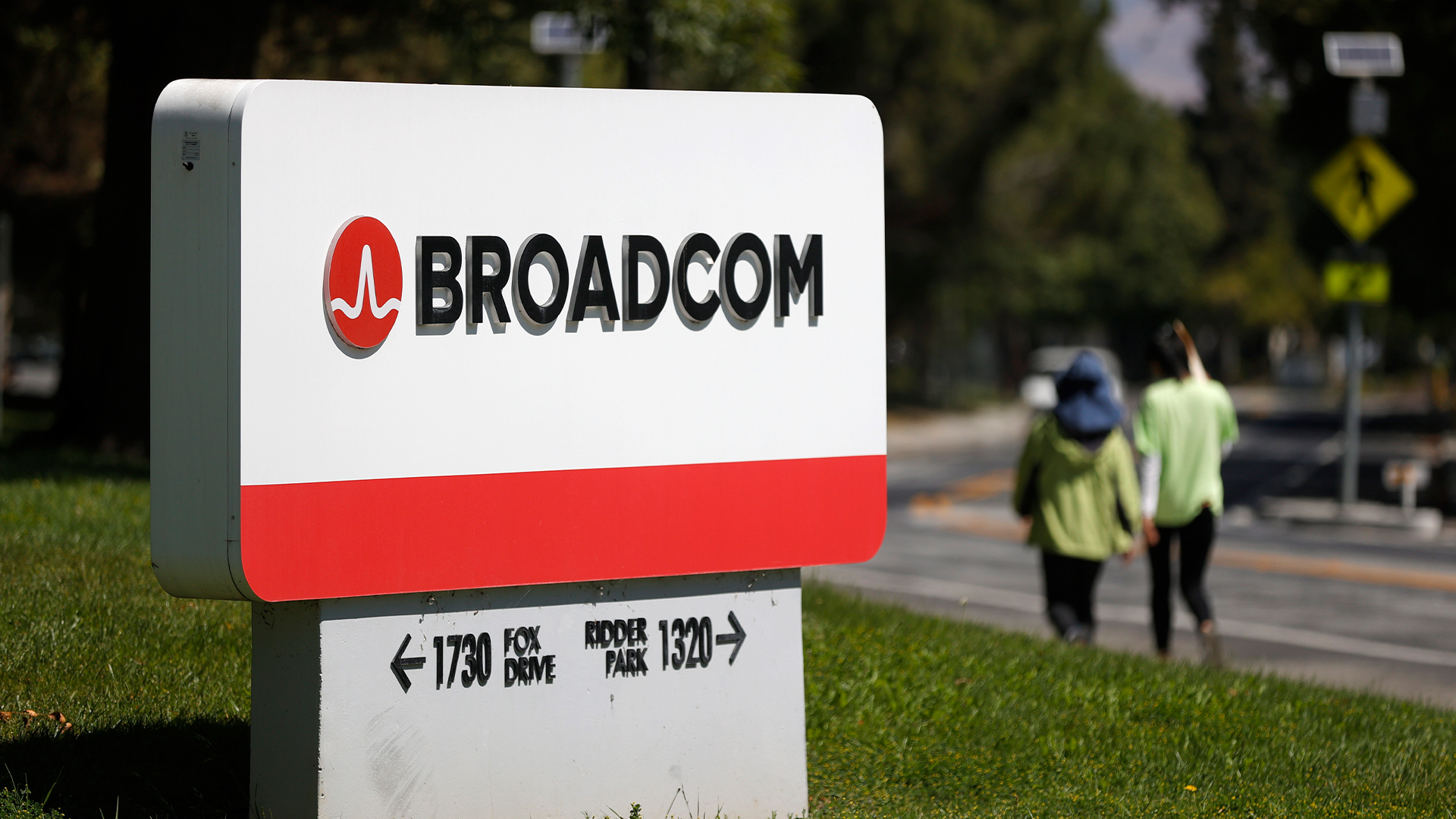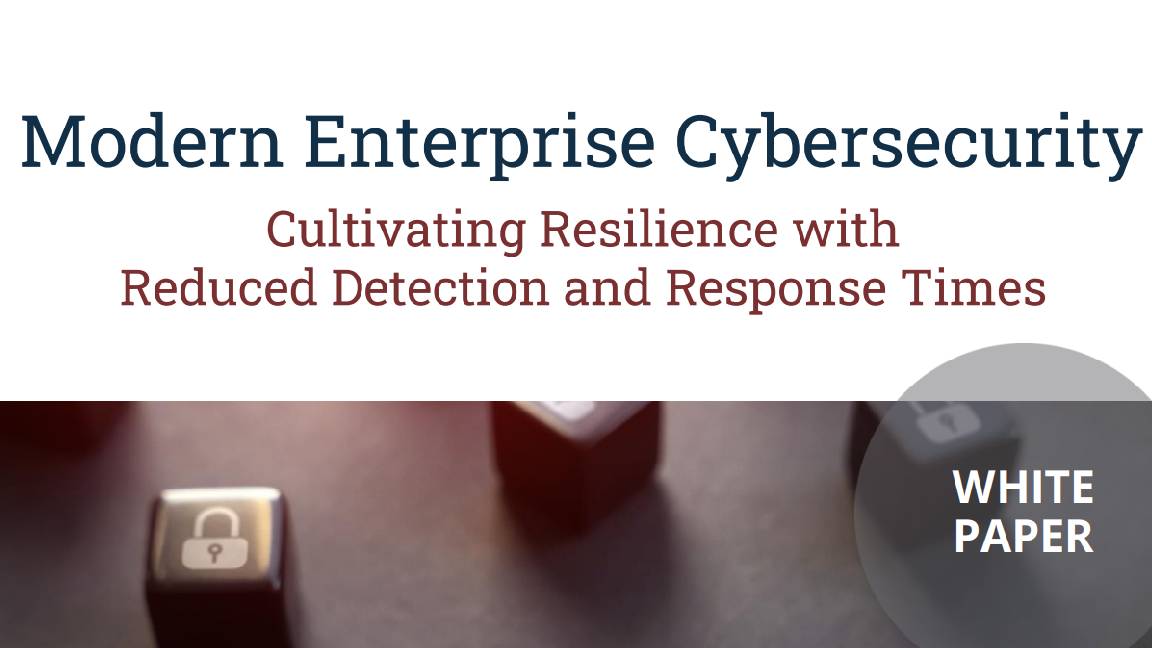Retbleed hardware-level flaw brings overhead woe to Intel and AMD
‘Retbleed’ threatens a wide range of microprocessors, using a vector thought safe that adds to its problematic nature


Researchers at ETH Zurich have discovered a serious hardware vulnerability in Intel and AMD microprocessors, affecting all Linux operating systems that use the affected chips.
Doctoral student Johannes Wikner and assistant professor Kaveh Razavi discovered the vulnerability, and dubbed it ‘Retbleed’. This name stems from the vulnerability's methodology, exploiting the messy way that processors handle return instructions, which occur after a function has been executed. In a blog post
RELATED RESOURCE

The Total Economic Impact™ Of IBM FlashSystem
Cost savings and business benefits enabled by FlashSystem
By hijacking speculative execution processes, Retbleed can leak kernel memory from Intel and AMD CPUs, as well as the root password hash for Linux systems using the affected CPUs. Any system using an Intel CPU from generations 6-8, or AMD Zen1, Zen1+ and Zen2 is likely affected.
To end, Retbleed represents a very widespread and severe threat to the security of hardware to the majority of business PCs, given the vast market share enjoyed by both Intel and AMD.
Speculative execution is used to access computational steps before it has been confirmed that they are necessary for the process; in effect, the processor ‘guesses’ what might be needed before finishing the chain of instructions to speed things up and improve its overall power. Unneeded speculative calculations are discarded, but leave a trace in the cache that hackers can use as a backdoor. This can be used to gain access to information in the memory, which could be highly sensitive.
In this way, Retbleed is similar to Spectre, which was discovered in 2018 and caused widespread alarm in the computing world. Although Intel and AMD have since mitigated Spectre, how they did this led to reliance on the exact construct that Retbleed now exploits.
To shield the indirect jumps utilised by many processors, a construct known as Retpoline is utilised, to favour the use of returns. When this was implemented, it was widely believed that returns were not a valid vector of attack, a belief that Retbleed has now disproven.
Sign up today and you will receive a free copy of our Future Focus 2025 report - the leading guidance on AI, cybersecurity and other IT challenges as per 700+ senior executives
"Since the mitigation measures taken so far did not take the return instructions into account, most existing microprocessor computer systems are vulnerable to 'Retbleed'," Razavi stated.
Affected manufacturers were made aware of the vulnerability before the general public. They have already taken steps to identify the weaknesses within their processors and enact mitigation measures, with Intel having already released a technical advisory on the subject. Hardware vulnerabilities are not always easily remedied, and can prove next to impossible to patch altogether.
In a statement to IT Pro, Intel offered information on the steps they have taken to protect users:
"Intel worked with our industry mitigation partners, the Linux community and VMM vendors to make mitigations available to customers. Windows systems are not affected as they already have these mitigations by default."
Unfortunately, the researchers have said that mitigations are expensive to implement, with a 14-39% predicted overhead for AMD and Intel patches. As with the hardware-based flaws before it, Retbleed is already proving a costly and troublesome exploit. Additionally, current mitigations can lead to performance costs, with increased security on microprocessor decisions on return destinations decreasing overall efficiency. The researchers claim to have seen up to a 28% hit in performance as a result.
Its discoverers are due to present a paper on their findings at the 2022 USENIX Security Conference, on August 12.

Rory Bathgate is Features and Multimedia Editor at ITPro, overseeing all in-depth content and case studies. He can also be found co-hosting the ITPro Podcast with Jane McCallion, swapping a keyboard for a microphone to discuss the latest learnings with thought leaders from across the tech sector.
In his free time, Rory enjoys photography, video editing, and good science fiction. After graduating from the University of Kent with a BA in English and American Literature, Rory undertook an MA in Eighteenth-Century Studies at King’s College London. He joined ITPro in 2022 as a graduate, following four years in student journalism. You can contact Rory at rory.bathgate@futurenet.com or on LinkedIn.
-
 Cyber resilience in the UK: learning to take the punches
Cyber resilience in the UK: learning to take the punchesColumn UK law now puts resilience at the centre of cybersecurity strategies – but is legislation simply catching up with enterprise understanding that resilience is more than just an IT issue?
-
 CISPE claims European Commission gave Broadcom a ‘blank cheque to raise prices, lock-in, and squeeze customers’ with VMware deal
CISPE claims European Commission gave Broadcom a ‘blank cheque to raise prices, lock-in, and squeeze customers’ with VMware dealNews Cloud providers have issued a formal response to the General Court of the European Union after the Commission defended its approval of the deal
-
 ‘The worst thing an employee could do’: Workers are covering up cyber attacks for fear of reprisal – here’s why that’s a huge problem
‘The worst thing an employee could do’: Workers are covering up cyber attacks for fear of reprisal – here’s why that’s a huge problemNews More than one-third of office workers say they wouldn’t tell their cybersecurity team if they thought they had been the victim of a cyber attack.
-
 "Thinly spread": Questions raised over UK government’s latest cyber funding scheme
"Thinly spread": Questions raised over UK government’s latest cyber funding schemeThe funding will go towards bolstering cyber skills, though some industry experts have questioned the size of the price tag
-
 Modern enterprise cybersecurity
Modern enterprise cybersecuritywhitepaper Cultivating resilience with reduced detection and response times
-
 IDC InfoBrief: How CIOs can achieve the promised benefits of sustainability
IDC InfoBrief: How CIOs can achieve the promised benefits of sustainabilitywhitepaper CIOs are facing two conflicting strategic imperatives
-
 The complete guide to the NIST cybersecurity framework
The complete guide to the NIST cybersecurity frameworkWhitepaper Find out how the NIST Cybersecurity framework is evolving
-
 Are you prepared for the next attack? The state of application security in 2024
Are you prepared for the next attack? The state of application security in 2024Webinar Aligning to NIS2 cybersecurity risk-management obligations in the EU
-
 The economics of penetration testing for web application security
The economics of penetration testing for web application securitywhitepaper Get the most value from your security solution
-
 How to extend zero trust to your cloud workloads
How to extend zero trust to your cloud workloadsWhitepaper Implement zero trust-based security across your entire ecosystem